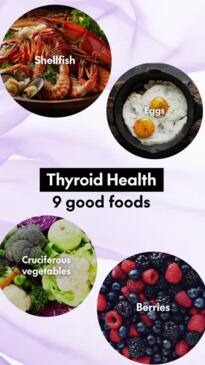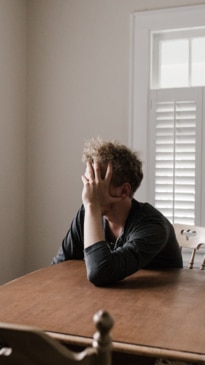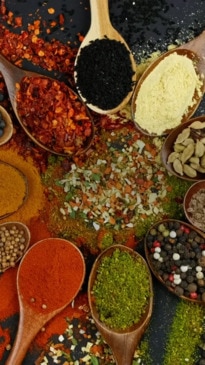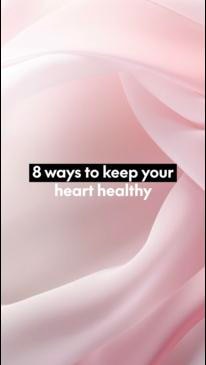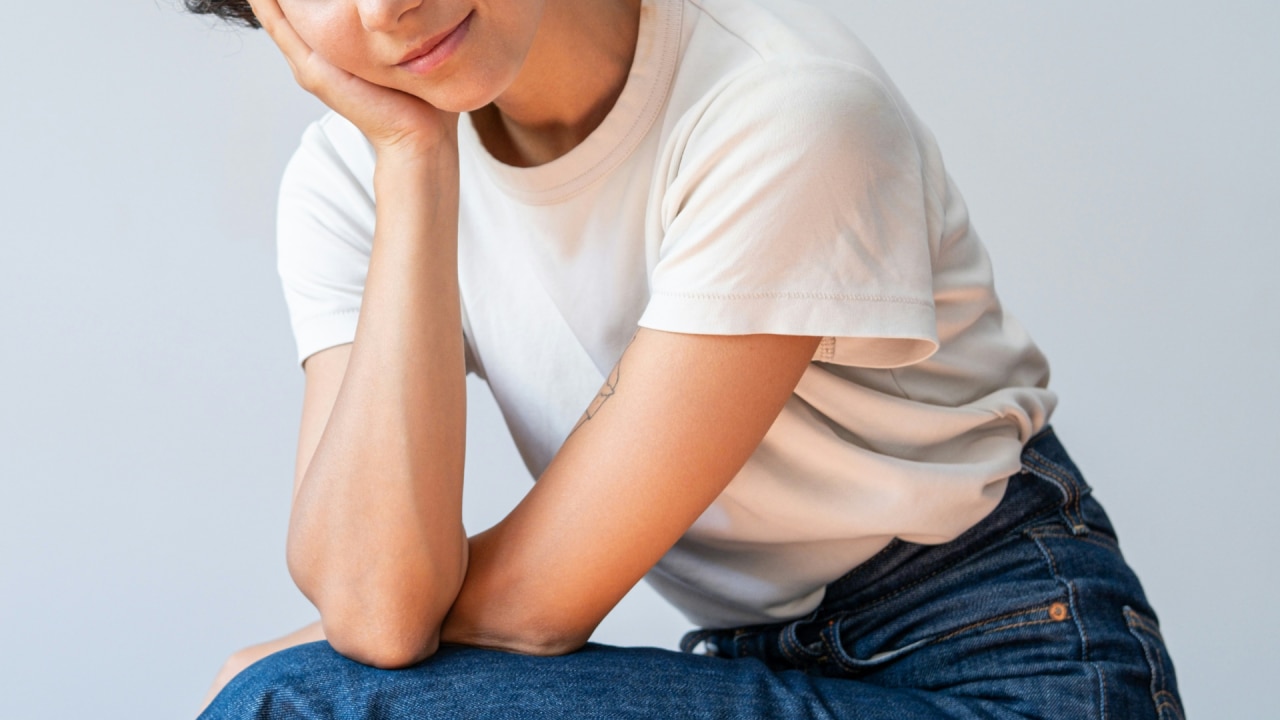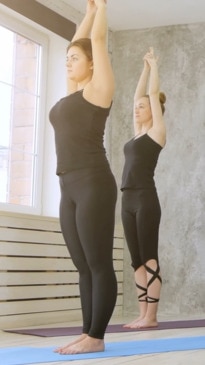Along with skinny jeans, crying emojis (or emojis in general), and using our Hogwarts house to describe our personalities, millennials love making up words to signpost things we’re going through. Call me a cringey millennial, but I’m on board.
In the past, we’ve had ‘adulting’ (doing anything decidedly responsible), ‘Xennials’ (older millennials, or millennial Gen-X cuspers), and more recently, ‘hot girl walks’ (two or more women out for a walk). Now, a new term is sweeping the internet, so it’s time to stop everything and investigate.
We’re talking about ‘millenopause’ and admittedly, even our made-up word for it is cringe. But if you’re currently aged on the higher end of the millennial scale (which is between 28 and 43) it’s certainly worth having on your radar.
Like what you see? Sign up to our bodyandsoul.com.au newsletter for more stories like this.
Terms like ‘the change’ and ‘the pause,’ are thrown around out there to describe the end of our reproductive era. But perimenopause, menopause, post-menopause, what’s the difference?
Perimenopause describes the phase you’ll hear most discussion about. In the initial phase of perimenopause, you don’t even skip periods. Dr Fatima Khan, a leading menopause specialist from Epworth Hospital, says it tends to be just a change in your menstrual flow with heavy bleeding and flooding for some women and lighter periods for others (I know which I’d opt for!). This happens on average five or six years before you finally hit menopause, and it can bring with it a pretty wild range of symptoms, which we’ll get into below.
Menopause is 12 months of no period, which is very easy to identify. You go a year without a bleed, and then you’re officially considered postmenopause. The average age for this phase in Australia, is 51 – but bear in mind, that’s just an average.
Postmenopause describes the phase after your body finishes with the whole process and in most cases, is no longer capable of reproducing. Some women will still experience postmenopausal symptoms, however, this phase does mark an end to the majority of the upheaval.
Let’s talk hormones
When we think of hormones, we mostly think of the sex hormones involved in reproduction, and for those of us with a uterus, estrogen, progesterone and testosterone are the stars of the show. A drastic and eventually permanent drop in estrogen production is to blame for many of the unpleasant symptoms associated with perimenopause.
Dr Khan says that one of the biggest impacts will be on our mental health, explaining, “Estrogen is kind of like an anti-anxiety, antidepressant in the brain. When it drops, women will feel teary, they’ll feel flat, and they’ll feel they have no desire to do all the things that they enjoy doing.” When it comes to the other two players, “Progesterone in the right dose is there as a calming hormone, and testosterone is there for libido, but also for energy and mood as well,” explains Dr Khan.
In the process, Dr Khan says, other hormones are also thrown out of whack. “When estrogen dips, when you skip your period, your cortisol does go up, this is why women get palpitations, they get anxiety, they get rage episodes, they find their blood pressure and heart rate going up,” she says.
In other somewhat depressing news, Dr Khan states, “When menopause is natural (as opposed to medically induced), the decline of these hormones predisposes women to chronic disease and we become a bit insulin resistant.” She goes on to explain, “Estrogen improves sensitivity for insulin, so when you eat, you might not remove the glucose from your bloodstream as effectively as you otherwise would, so you gain more of something called visceral adipose tissue around the belly, which can have has long-term consequences for diabetes, heart disease, and other chronic conditions.”
I know, so far the news is pretty grim, but let’s forge ahead.
Signs you could be in perimenopause
Brace yourself because the number of potential symptoms of perimenopause is vast, or as Dr Khan puts it, “There are about 34 plus symptoms, so it’s not just hot flushes and night sweats, which are all our mums were told.” This is precisely why we need to be talking about menopause, because historically, women’s health issues have been swept under the rug, leaving us mostly in the dark about our bodies. So, let’s have a look at some of the most common mind and body symptoms Dr Khan sees in her practice:
The mind
- Brain fog
- Difficulty in accomplishing tasks that previously presented no challenge
- Irritability
- Problems managing anger
- Symptoms of depression (low mood, overwhelming fatigue, hopelessness)
- Symptoms of anxiety (agitation, restlessness, excessive worry)
Dr Khan says many women describe the first stages of perimenopause as a kind of out-of-body experience for two weeks of the month. “Literally, they don’t feel themselves for two weeks every month,” she says, “They say, someone’s taken over my body for two weeks, and I even don’t know who that person is.”
The body
- A change in your menstrual flow and menstrual regularity
- Some women get dizziness or vertigo
- Pins and needles, numbness and tingling
- Burning in the mouth or gum issues
- Gut issues such as IBS
- Skin dryness, or itchiness and increased wrinkles (thanks to a drop in collagen production)
- Headaches/ migraines
- Lowering of libido
- Hair loss or thinning
- Vaginal dryness
- Bladder issues
- Night sweats
- Sleep disturbances
“I call it a multi-organ syndrome,” says Dr Khan, and she’s right on the money. And for something that can have such an extensive impact, affecting over half of our population, it’s striking how little we talk about its effects.
Millennials are entering our menopause era, and it’s kind of a big deal
Each generation has its challenges, and for millennials, menopause could be one of our biggest. With many of us juggling full-time work while entering parenthood much later than generations before us, we’re entering menopause at a time when we may already be teetering close to burnout.
“I say there’s a mismatch in our biological transition and our cultural social environment,” says Dr Khan, “which is not suitable for us to thrive at this stage, it’s actually making it worse…Basically, the whole system is against the millennial woman.”
“I see women in my clinic, they’re in their early 40s, they’ve got three kids under five, They’ve got a full-time job. And they’ve spent 20 years in this space trying to build this career, so they’re not about to leave that. And then you also have this kind of unequal burden of labour that women always take more of. Add menopause to that, and you have a perfect storm of sorts,” Dr Khan explains.
So, how can we best support ourselves through “the change”?
One of the hardest things for women to prioritise is themselves, and Dr Khan knows exactly what that’s like.
“I think what can happen is you have your first child or your second child and there’s no space in the day, right? You wake up early and then you stay up later… you started the day with just coffee, skipped lunch and you’re undernourished, you’ve got cortisol and adrenaline coming from your coffee without food. Then comes dinner and maybe you eat or maybe you might restrict yourself because you find you’re gaining weight.”
So, what does Dr Khan suggest? “Well, I’m not just going to tell them how to eat and exercise because almost every woman knows that,” she says. Instead, she asks her patients to get their diaries and plot out the ways they can commit to more holistically nourishing themselves regularly.
“I usually ask them to start with finding 10 minutes for movement and then maybe 10 minutes writing down a meal plan for themselves and to put in when they see or talk to a friend, because isolation and loneliness can make things feel much worse.” She encourages women to spread their focus across the six key pillars that support our overall health.
Dr Khan’s six hormone wellness pillars
- Nutrition
- Movement
- Environment
- Stress management
- Connection
- Sleep
Dr Khan believes that a targeted focus on supporting women during menopause and beyond will have widespread effects, resulting in economically and socially healthier systems. And there’s so much more we can do to address this challenge on an individual and community level as our generation dips our toes into the unknown waters of millenopause. “It’s all about matching your health span to your lifespan,” she says.



